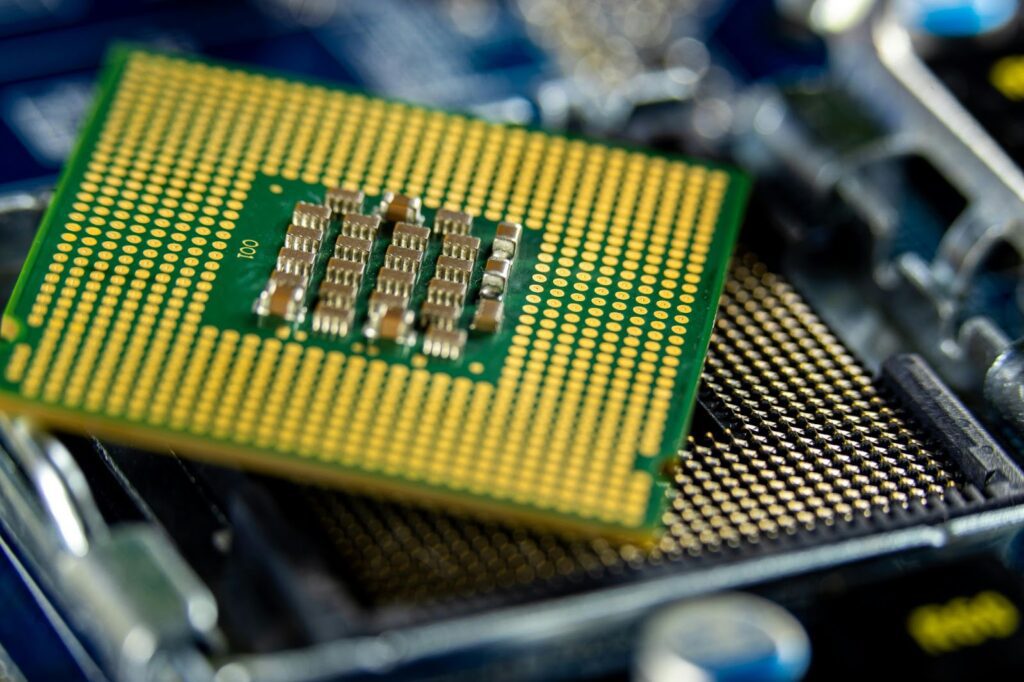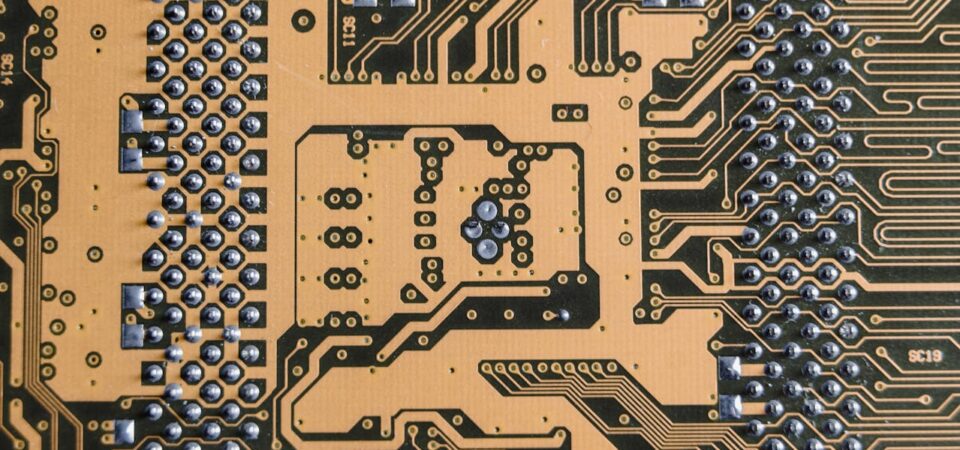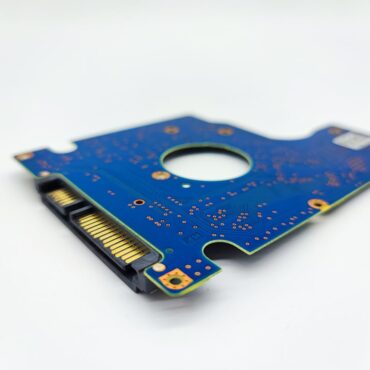In the jewelry and precious metal world, the difference between Karat vs. Carat is widely misunderstood or confused because these two words are often used interchangeably, but they actually have very different meanings. This distinction is equally important in electronics, particularly when discussing gold-plated circuit boards. As a professional in the PCB industry, you must understand the difference between these words because one of them affects the quality of gold finishes. In this article, we shall discuss the differences between both terms as well as their important role in gold-plating PCBs.
What Is Karat?
Karat is a measure of the fineness or purity of gold. This is the major difference in the “Karat vs. Carat” conversation. Pure gold is defined as 24 karats, meaning it is 100% gold without any other metals mixed in. Therefore one karat is one twenty-fourth or a bit more than four percent gold.
When talking about jewelry, lower karat gold is used because it is more durable. It is also less expensive than 24-karat gold. Furthermore, 24-karat gold is not typically used for jewelry because of how soft and malleable it is. In applications like electronics, however, pure gold with 99% purity is preferred because it contributes to better conductivity and corrosion resistance.
In PCB gold finishes, karat vs. carat is somewhat irrelevant, as karat is not typically used to specify the purity of the gold layer applied to the surface. As we stated in the previous paragraph, you want pure gold of 99% or greater purity on your PCB surface, because of its conductive and corrosion resistance properties.
A surface finish that has gold of a higher purity translates to better conductivity and corrosion resistance for gold-plated circuit boards although it also means higher initial costs. However, the pure gold will improve the PCB’s reliability and length of usable service, meaning it can be cheaper in the long run.
What is Carat?
When comparing karat vs. carat in relation to PCB gold finishes, “carat” does not really apply because, in the US, carat with a “C” is a unit of weight used for gemstones and pearls, with one carat equalling 200 milligrams. This is why you shouldn’t confuse this term with karat, as “carat” is only about the weight of gemstones and has no relevance to the composition or quality of gold used in plating.
While both these words might sometimes be used interchangeably, it’s mostly consumers who might not be aware of the difference. Professionals in these industries are quite familiar with the terms and most of them will use them correctly.

Karat In Gold-Plated Circuit Boards
We can now leave the karat vs. carat comparison behind, since gold’s purity is the only relevant discussion here. Since gold plating is used in electronics for its excellent conductive properties and resistance to tarnishing and corrosion, the purity of gold, indicated by its karat value is important for the following reasons:
- Signal Integrity: With high-purity gold, you will have minimal signal loss and interference. This is important for high-frequency and high-speed circuits.
- Longevity: Gold’s resistance to oxidation and corrosion helps maintain the integrity of connections over time which contributes to the reliability of electronic devices.
- Wear Resistance: Gold plating on contact surfaces like connectors and switches reduces wear and maintains low contact resistance over many cycles of use.
Reliable Gold-Plated Circuit Boards By Alternate Finishing, Inc.
The karat vs. carat comparison has hopefully given you some clarity on what these terms mean to the world of gold-plated PCBs. However, when doing the actual work of gold plating your PCBs, you need experts who cannot just tell the difference between karat and carat but who will also adhere to various standards and considerations to produce the best result.
This is why you need Alternate Finishing, Inc. We are a US-based metal finishing company that provides high-quality gold and other precious metal plating on all types of printed circuits and many other electronic parts for customers across the USA and Canada.
From fast responses to requests for quotes to quick turnarounds on our jobs, we will provide you with reliable gold plating services that meet your needs. By working with us, you will also benefit from the rigorous testing and inspection procedures, which verify that each plated PCB meets the highest standards of performance and reliability. Request a quote.







